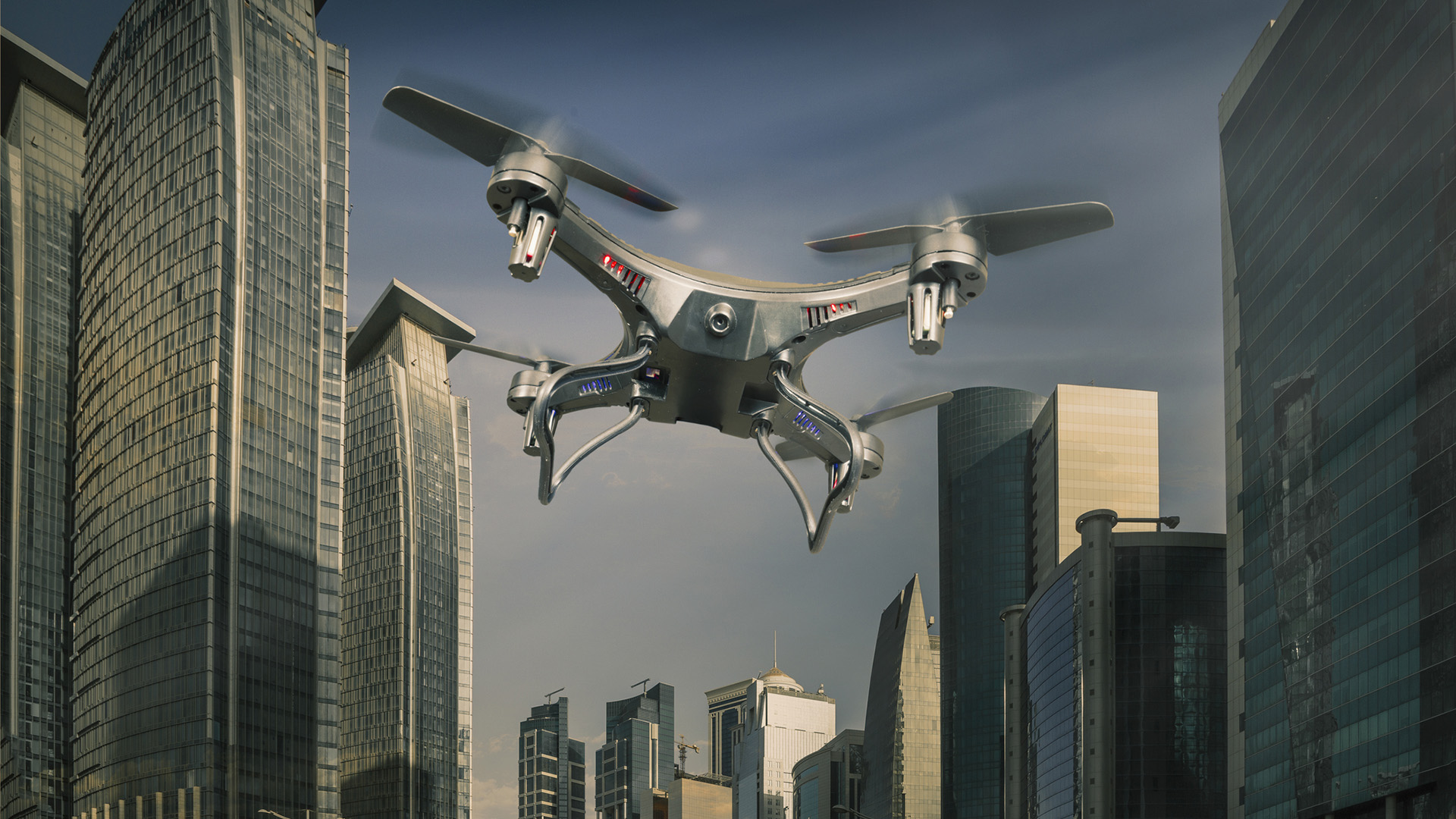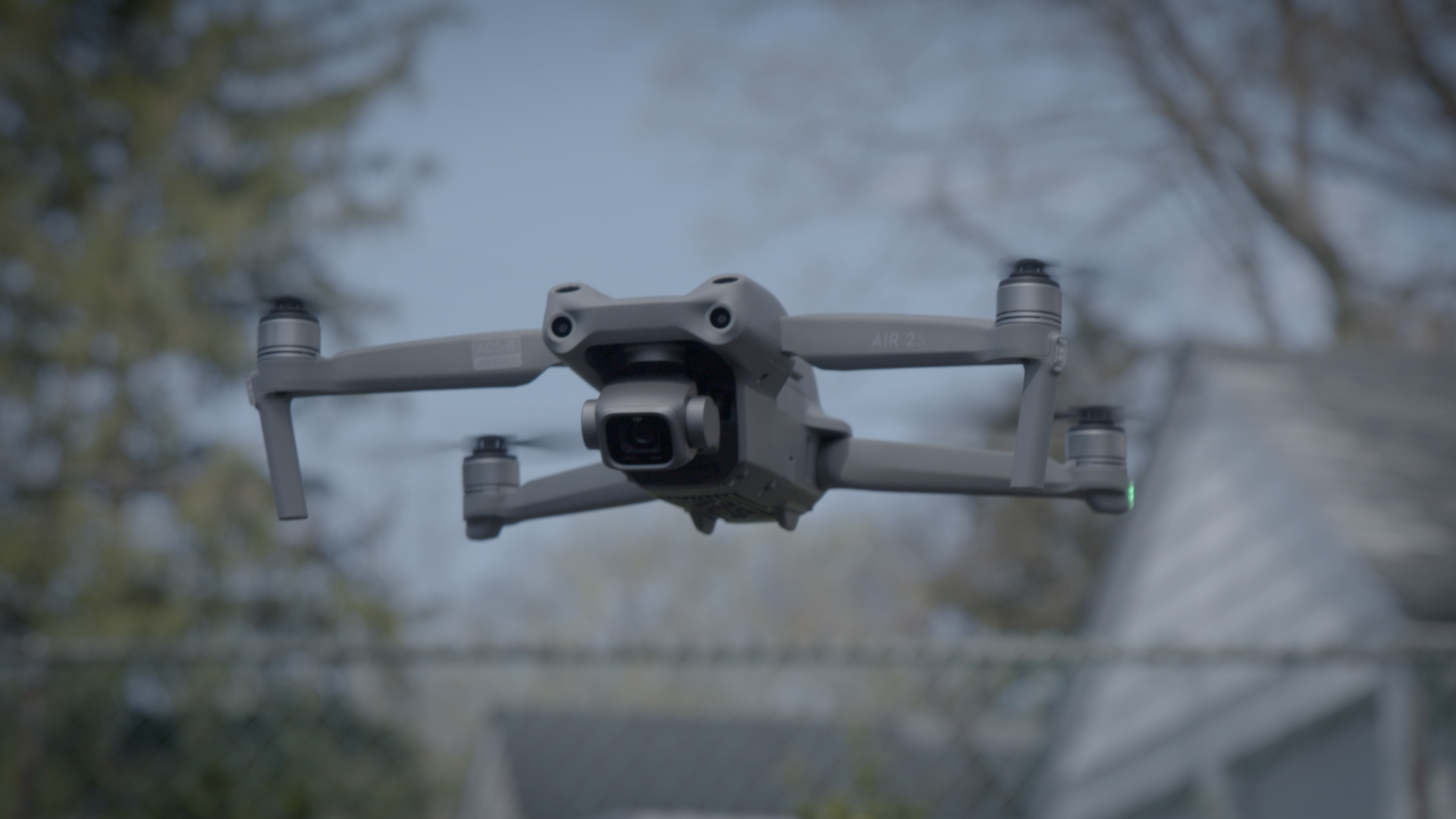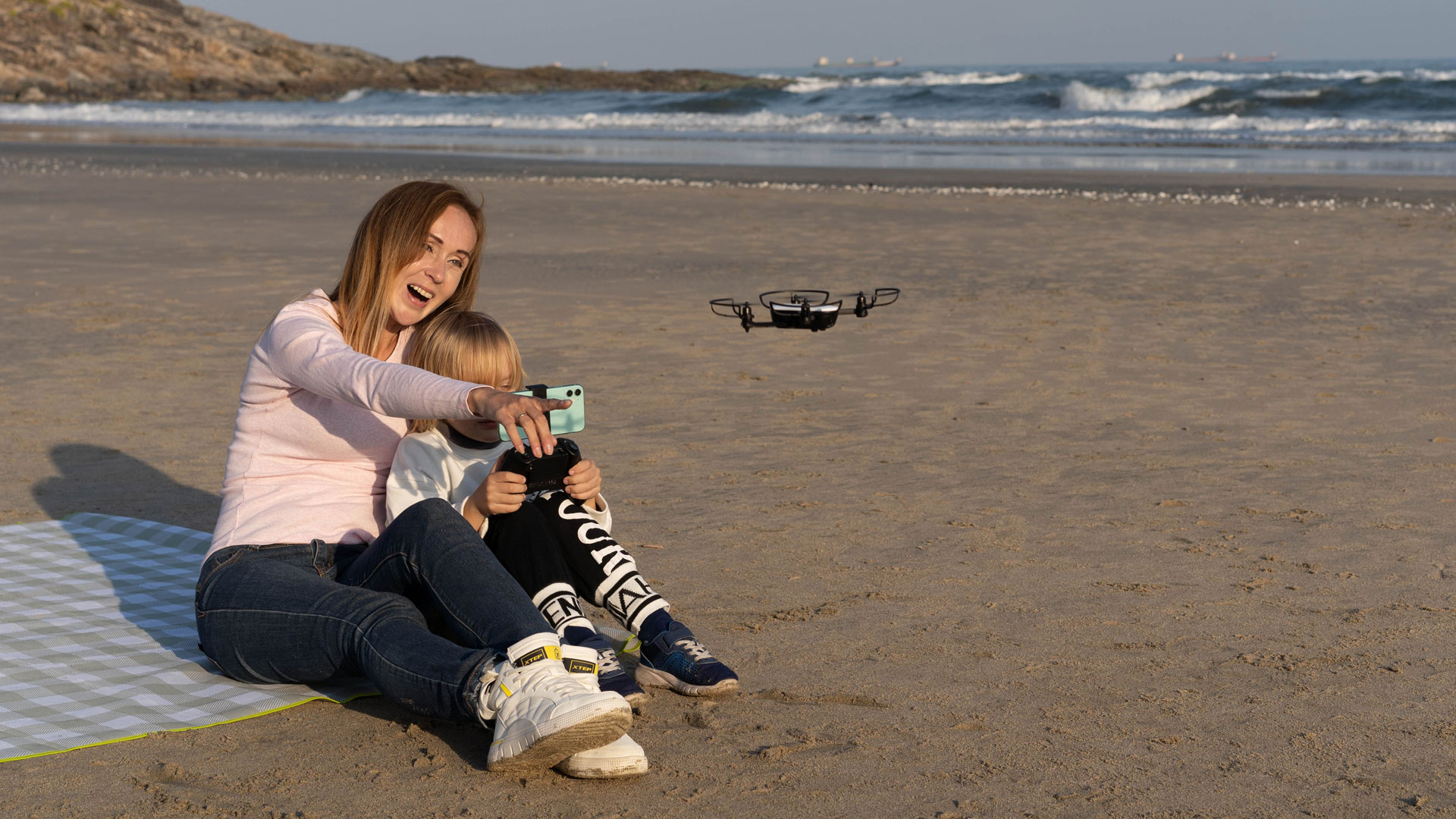Drone rules and regulations in the US: what you need to know before flying
The sky isn’t the Wild West, there are rules and regulations governing how, where, and when you can fly a drone. Here's what you need to know


Drones have really taken off in popularity in the last few years. The best drones have rapidly advanced to let you fly higher, further, and longer, and there are so many drones on the market to fit the different demands of every pilot. But, with the explosion of drones on the market that just about anyone can get their hands on, concerns about safety arise.
With that growing number of drones taking flight, the number of rules has also jumped up. There is an exception for recreational pilots using a drone under 0.55 pounds (250 grams), which includes many of the best cheap drones, but anything heavier than that will require you to follow some more stringent rules. Here’s what you need to know.
In the UK? Take a read of our UK drone rules and regulations.

Do I need to register my drone?
While you’re going to want to fly safely no matter what, the FAA’s rules regarding drone operation are generally applied to people flying a drone weighing over 0.55 pounds. If you’re just flying for fun and have a lightweight toy drone, you don’t have as much to worry about. Regardless of your flying, it can be worth getting familiar with the rules in case you want to start flying a bigger drone or get a little commercial with your flying later on.
If your drone is over 0.55 pounds or you’re doing anything non-recreational with your drone (this can be as simple as recording videos for a monetized YouTube channel), you’ll need to get learn the FAA’s rules. Here, we’re going to focus on recreational flight, but we’ll touch on the different rules and requirements related to commercial flight as well.

How do I get a drone license and registration?
Your flying can fall into one of two categories: recreational and commercial. Both categories require you to register your drone with the FAA. If you’re flying commercially at all, you’ll need to register your drone as such (you’ll find commercial piloting referred to as being “under part 107” in the FAA’s guidelines.).
There is a separate registration for strictly recreational flight. In either case, you’ll pay just $5 per drone for registration and it will remain current for three years.
Get all the latest news, reviews, deals and buying guides on gorgeous tech, home and active products from the T3 experts
Once registered, you’ll get a registration number that needs to be visibly displayed on your drone. You can register multiple drones, and mark them with the same registration number for recreational flight.
In terms of licensing, the requirements vary dramatically based on your use. Recreational piloting does require you to pass The Recreational UAS Safety Test (“TRUST”), which is free to take. TRUST is a test you can likely study for and complete in under an hour, and it's provided at no cost by websites such as UAV Coach.
Once you’ve passed, you’ll get a certification that you’ll need to have on hand when you fly. Meanwhile, commercial operation requires more stringent training and an in-person exam to acquire a remote pilot certificate.
Once you’re registered and certified, the next major considerations are for where and how to fly.

Where can I fly my drone?
There are some pretty specific rules around where you can fly your drone for both recreational and commercial purposes. Airspace isn’t the Wild West.
The FAA makes finding out where you can fly really simple, though. The FAA-approved B4UFLY app is available on Android and iOS, and it provides clear details on where you can fly.
You can use your GPS coordinates to make sure it’s clear to fly, and it will allow you to check other areas in case you’re planning to travel to a different area to fly. It also provides details on any nearby things you should be aware of, such as hospitals or news stations that may have helicopters in the air.
In general, you’ll be flying in Class G airspace, but you can request authorization to fly in other airspaces, which may be important if you live near an airport. These “LAANC” authorizations can be requested through a separate app called Aloft.
In addition to the regularly controlled airspace, there can be temporary restrictions you need to be aware of. These can include special events, military training, and more. The B4UFLY app is still able to provide information on these to keep you alert. You also should not fly over landmarks, national parks, and critical infrastructure.

How to fly your drone
Once you’re registered and clear to fly, don’t just assume you can push your drone to the limits and use all of its features. There are some key rules for how you fly.
You’ve got clear skies, but you’ve still got to stay in your lane. You’re only allowed to fly your drone recreationally up to 400 feet above ground level, and you need to keep your drone away from manned aircraft, yielding right of way to them.
Your drone also needs to steer clear of emergency response and law enforcement. Flying recklessly, which includes flying over people and cars or flying under the influence of drugs or alcohol, is not allowed. Even if you have a crazy, souped-up drone, you can’t fly above 100mph. That drone also can’t weigh more than 55 pounds fully loaded (though odds are very good your drone won’t).
Another part of safe flying is that you must maintain a visual line of sight while you fly. This means that if you want to pilot your drone using an FPV headset or display, you’ll need to have someone next to you acting as a visual observer of the drone and communicating with you to maintain situational awareness. Additionally, you are not allowed to operate your drone from a moving vehicle.
In the future, the FAA will also require pilots to join and follow the safety guidelines of an FAA-recognized Community Based Organization (CBO). As of now though, the FAA has yet to actually recognize CBOs.
Additional state regulations
In addition to the FAA’s rules and regulations, individual states and regions can have their own rules regarding drones, such as New York City’s law against flying drones in the city or California’s law against the use of drones to enter an individual’s airspace to capture or record their activity.
You can find out more about those through UAV Coach, which provides a lot of information on drone flight for recreational and commercial pilots as well as TRUST testing. Many of the rules apply to recreational and commercial flights alike, but commercial pilots can request waivers.

Mark Knapp has covered tech for most of the past decade, keeping readers up to speed on the latest developments and going hands-on with everything from phones and computers to e-bikes and drones to separate the marketing from the reality. Catch him on Twitter at @Techn0Mark or on T3, PCMag, IGN, TechRadar, Business Insider, and Reviewed.